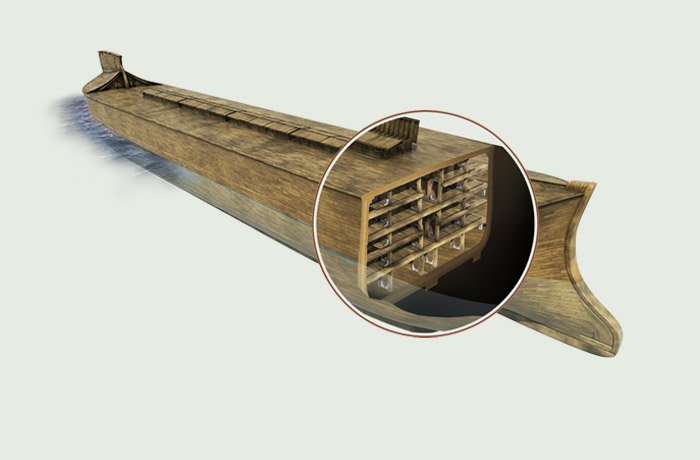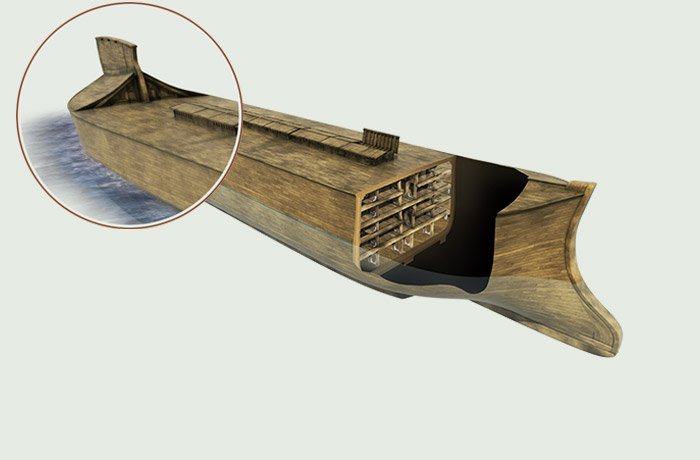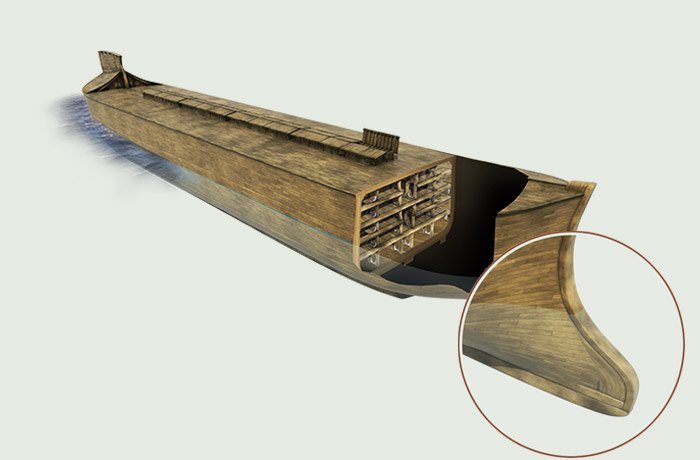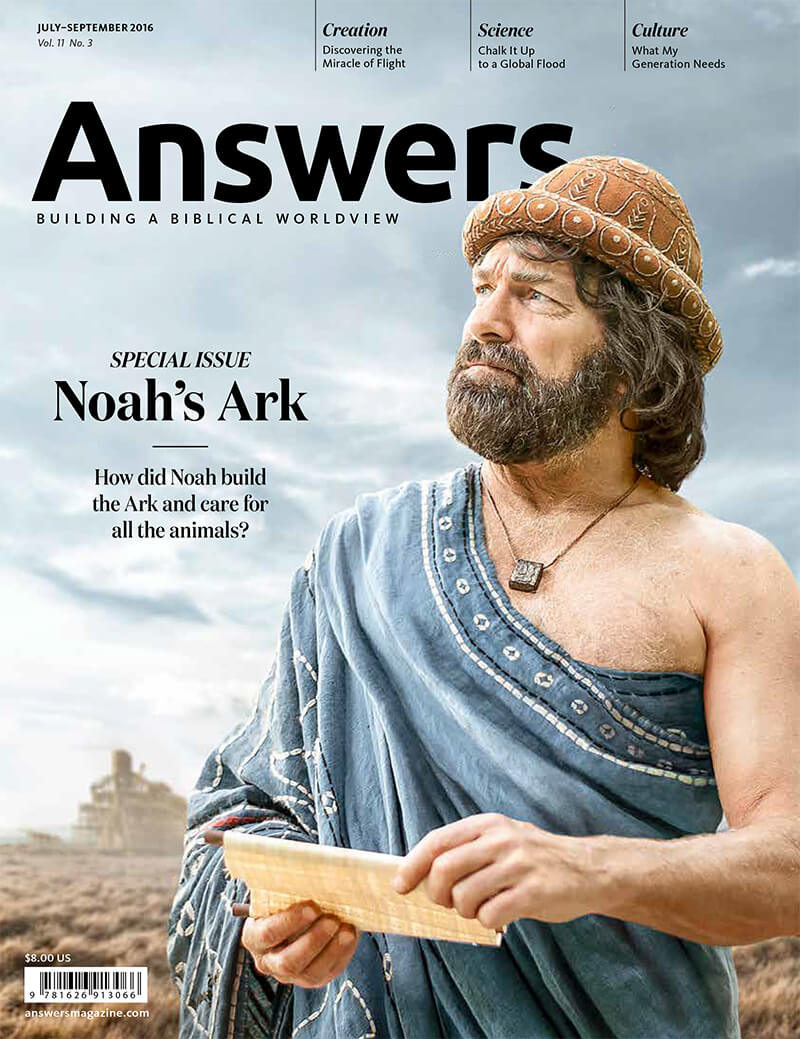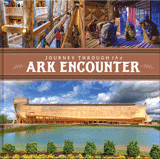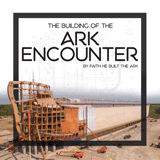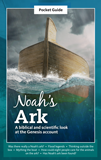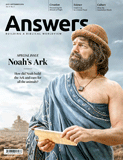Fantastic Voyage: What Did the Ark Look Like?
The Bible gives us only a few details about the Ark’s appearance, but we can make some educated guesses based on basic principles of good shipbuilding.
What Did the Ark Look Like?
The Bible gives us only a few details about the Ark’s appearance, but we can make some educated guesses based on basic principles of good shipbuilding.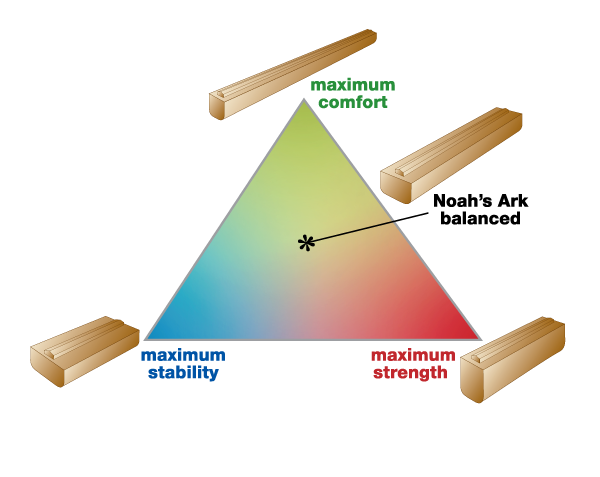
Perfectly Balanced
The Ark had a very striking shape—its hull was six times longer than its width. A major 1993 scientific study found that these proportions perfectly balance the conflicting demands of stability, comfort, and strength.
This study, headed by secular engineers at a world-class ship research center in South Korea, called KRISO, compared different hull proportions. No shape significantly outperformed the 4,300-year-old biblical design. Many other proportions rendered the vessel dangerously unstable, uncomfortable, or prone to breakup.
In fact, the Ark has the same proportions as a modern cargo ship. Clearly, the Savior of the human race knew what He was doing.

Answers Magazine
July–September 2016
How did Noah build the ark? This issue explains how Noah had technology to build a massive Ark and how eight people could care for so many animals.
Browse IssueRecommended Resources

Answers in Genesis is an apologetics ministry, dedicated to helping Christians defend their faith and proclaim the good news of Jesus Christ.
- Customer Service 800.778.3390
- Available Monday–Friday | 9 AM–5 PM ET
- © 2025 Answers in Genesis




